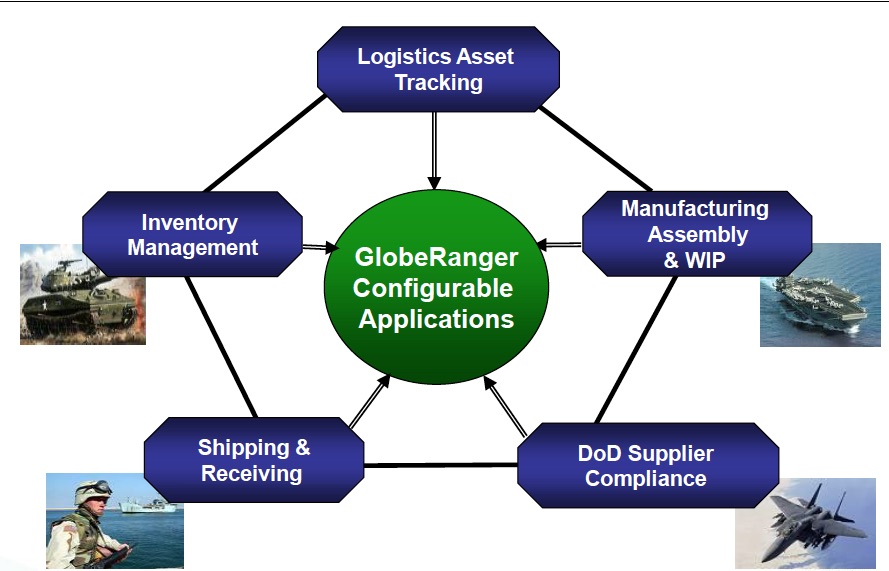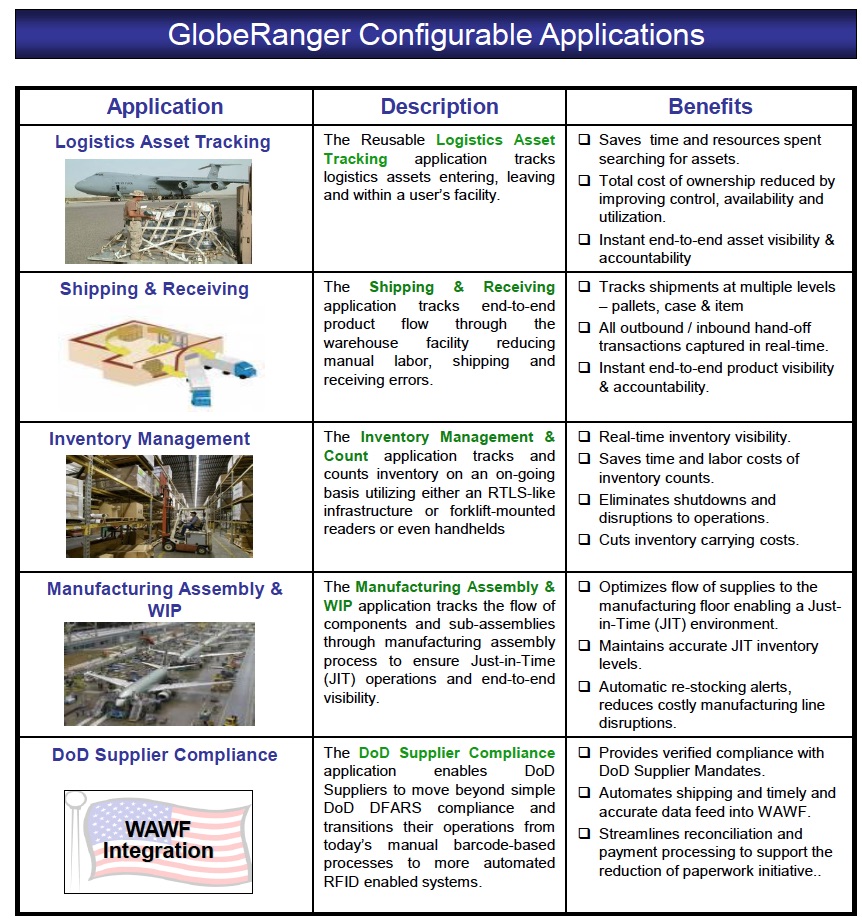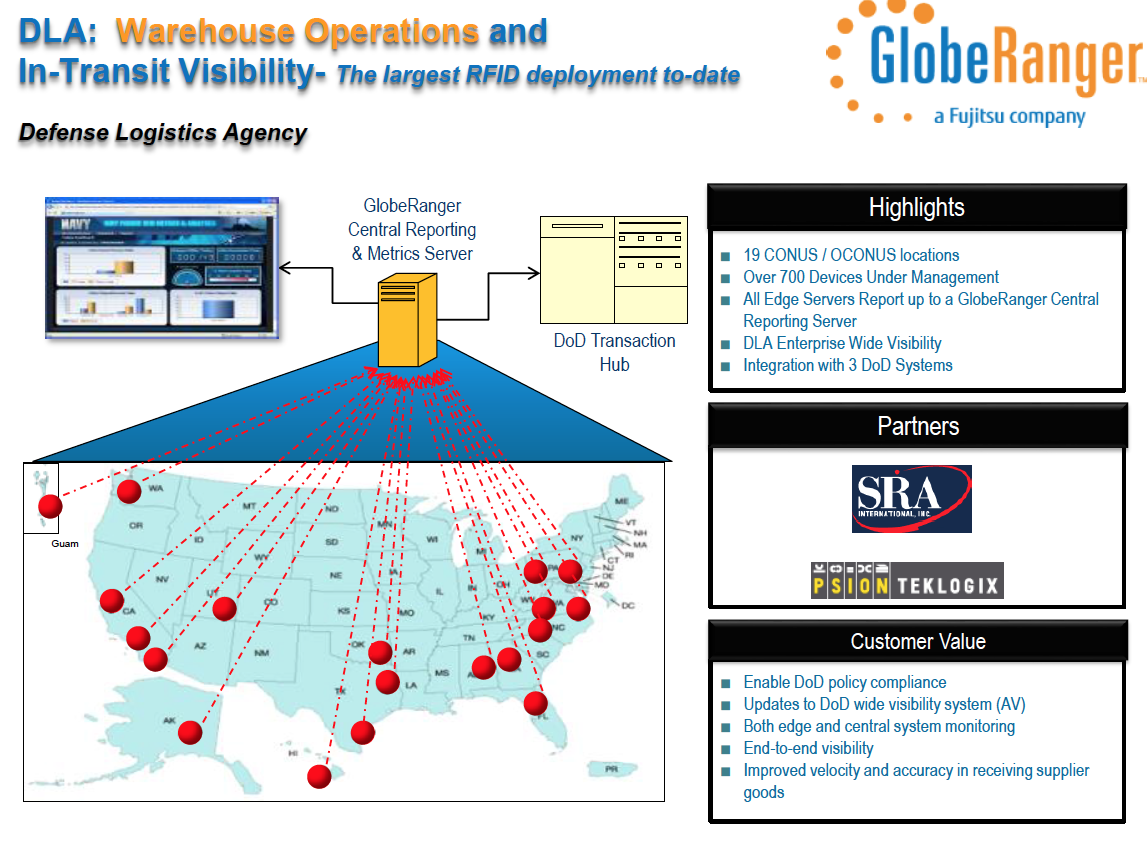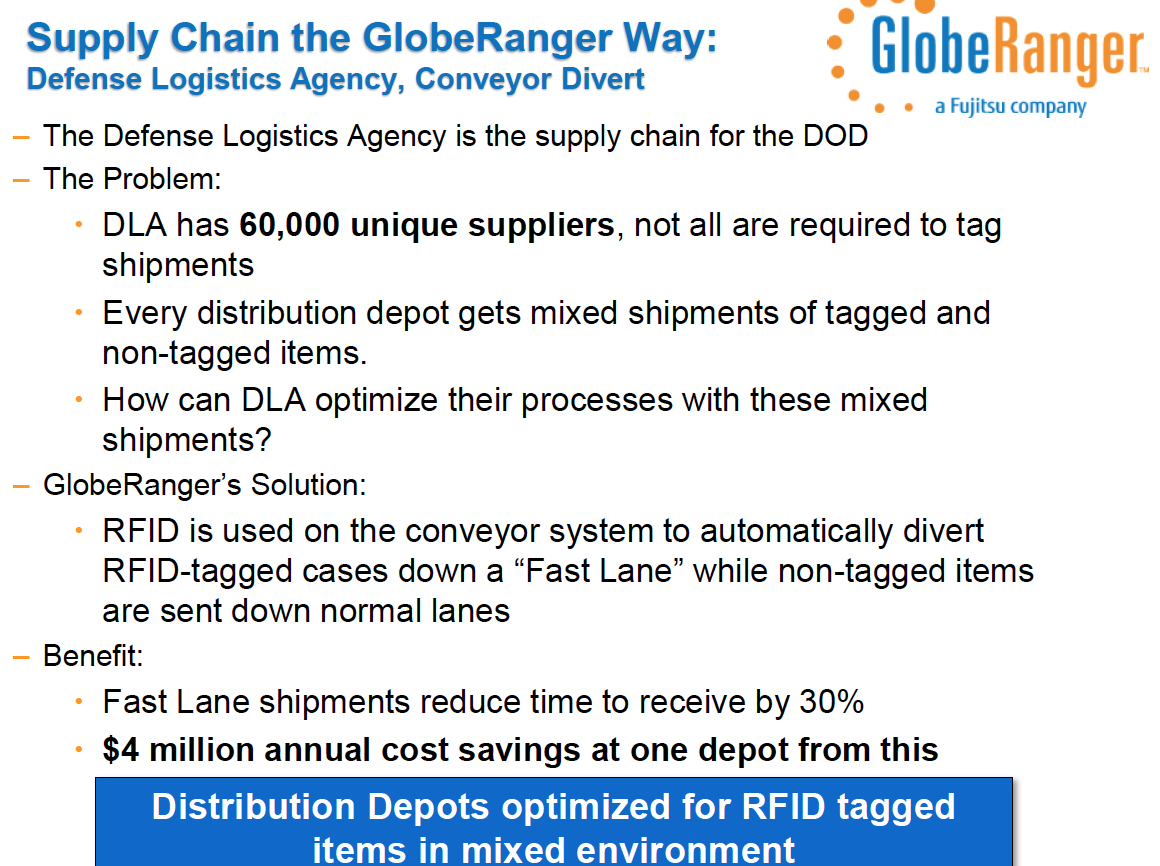2015-07-20 By Robbin Laird
We have heard a lot of the years about supply chains, getting more transparency in supply chains, building “smart” supply chains, driving “value” from the supply chain and things like “just in time delivery” to lower costs while having effective support.
Of course, these civilian terms are used by the military, but only go so far to describe the challenges which the expeditionary military and coalition on fly militaries have in sustaining operations and then withdrawing from those operations.
What they need is an order of magnitude greater than the civilian sector, namely expeditionary or coalition enabled operational sustainment.
“Just in time” is not good enough for military forces facing adversaries which wish to destroy them; it is about having more effective capabilities than the other guy.
It is about doing what Secretary Wynne argues is planning to avoid the fair fight.
And planning to avoid the fair fight has built into an effective sustained engagement force.
The transformation of military logistics which has happened in part due to RFID and the IT systems, which can leverage RFID, is a good start.

There is better knowledge about inventories, better tracking, better invoicing, more realistic knowledge about stocks in movement due to sensor enabled information systems.
This is a good start; but only the start.
The next frontier is to expand this capability back into the manufacturing side to the employment and deployment side.
It is about mastering the production-operations sustainment cycle, and to do so when adversaries are doing their best to isolate and kill your forces.
This would entail three key tasks to be mastered.
First, there is the opportunity with new platforms to tag the parts and to keep a life cycle information on those parts from cradle to grave and from depot to deployment to deployment to repair, etc.
Second, there is the need for coalitions who share similar platforms to share parts. Coalition partners among the industrial democracies will move slowly to decide to do something but need to move rapidly to move to an area of interest to gain operational mastery.
And to do so, they are not going to bring national WALMARTS with them; they need to have shared knowledge about the flow of parts and parts availability at the point of engagement and even the point of attack.
Third, there is a need to know what has been moved forward in an expeditionary operation and to know what needs to be moved back from the area of interest to more secure areas when an operation is over.

As Tim Gibson of Fujitsu put it: “Having a more effective logistics management system at the point of operation is crucial to security of forces going forward.
We don’t want to be Quartermasters for Terrorists.”
Put in other terms, a foundation has been laid with shaping RFID-enabled inventory and shipping systems, but only a foundation from the standpoint of 21st century operations or to provide for the expanded role for insertion forces.
https://sldinfo.com/wp-content/uploads/2014/10/Insertion-Forces-Front-Line-Defence.pdf
In an interview with David South, a key member of the GlobeRanger team, who has been dealing with the defense side of their business since the early launch point ten years ago, the path GlobeRanger has taken and defense to shape a solid foundation and the opportunities for moving to the next frontier was the focus of attention.
Question: How did the initial GlobeRangaer, sensor-enabled logistics management IT approach start with the Department of Defense?
David South: It really started with a DoD mandate in the 2004-2005 time frame for vendors supplying DoD to tag their products for DoD then to be able to manage the flow of goods.
(For the Wynne Memorandum on this requirement see the following:
and for the Wynne approach see the following:
https://sldinfo.com/michael-w-wynne-i-hate-logistics/).
There are somewhere around 60,000 vendors that supply the DoD through the Defense Logistics Agency (DLA) or the General Services Administration (GSA).

As their contracts came up for renewal, they to comply with the RFID tagging.
Then it was required as well that at the thousands of doors at DLA locations around the globe they had to equip their doors and their various receipt points with RFID. And then use software to run that infrastructure.
It started with a pilot project and we won the pilot project.
The pilot then expanded to a site, a small site, and then expanded to a bigger site and so on.
Ultimately it was deployed and all the DLA defense logistics agency distribution centers around the United States and abroad.
Question: Was this just for the vendors or was DLA doing this as well for their shipping system?
David South: At first, it was just the vendors.
A few years later, DLA itself began using tags to track their own shipping.
This initial phase was just receiving tags at a dock door and then integrating into the backend system for the DLA, which was an important project for us.
So if DLA shipped something to the Army, Navy, Air Force, Marines, GSA, Coast Guard, then they had to retag on the outbound side so that once that shipped out then they were compliant with their own mandate on the shipping side.
It was the initially it was the receipt side; then it was on the shipping side.
Unfortunately, the vendors decided to do only the bare minimum in order to comply which meant the full benefits were not realized. The result was that what became known as slap-and-ship RFID became the norm.
It’s the concept of vendors buying a roll of tags off the internet, and basically not changing any of their processes except what is necessary to get out the door by slapping a tag on it so they are compliant.
Question: This slap-and-ship approach meant that the real benefits of RFID enabled IT systems was not going to be realized?
David South: It didn’t help the vendor at all. If all you’re doing is slapping something on its way out the door doesn’t help you that much, but if you slap the tag on in the manufacturing process then it helps you.
Because then it helps you in your manufacturing process, finished goods process, stock and inventory process, and packing and shipping process.

The earlier in any process that you tag the more you will benefit.
And some of the larger vendors to the DOD did do that and they benefited in both commercial and defense applications.
Question: When did you start to see a change on the government side as well or a recognition that unlocking the value of what sensor-enabled information might provide to the DoD?
David South: It was about five years into the process.
Folks began to say: “Okay, we made this investment. We put all these readers on dock doors and we put readers on weigh points in our distribution centers, and we’ve done all these things. We’ve invested in software, we’ve invested in tagging, where else can we derive value?”
And I think that once they started asking that question then they started seeing other places where they could derive value by benefiting from those tagged goods coming in the door deeper into their logistics processes inside their four walls, if you will.
And that’s when they did things like automated put-away, and high-value item tracking, and more better near real-time location of goods, high priority items.
For example, in the US Army there are a couple of metrics that their supply chain is measured by that everybody in logistics with the Army knows; it’s called RWT and CWT, or requisition wait time and customer wait time.
And it’s just the amount of time that it takes when you need a part to fix a Humvee or some other piece of equipment.
Then how long does it take to order that part, and then work its way through the procurement process, get that part at your doorstep?
And then how long does it take then to fix it and get that Humvee or whatever the vehicle is or whatever the thing is that you’re fixing, back into the hands of the war fighter or the unit.
And those are measured in days and there are different mandates by the US Army on how long that needs to be based on the priority of the item.
In other words a box of socks is a lower priority than getting a Humvee back into operation.

Question: GlobeRanger now works with all of the services.
What differences do you observe with regard to the logistics approach?
David South: There are significant differences and they range from the architecture for doing logistics to very mundane details.
For instance, the Air Force has a centralized hub and spoke architecture where they equipped RFID at the base level just to collect the data.
But then all the data is brought back to a central location in order to do transaction processing.
Whereas other branches of the service and DLA process their transactions at the edges, at each defense location as opposed to bringing it back to a central location.
One advantage of our systems and approaches is that we provide a process architecture, which can work with the different approaches and systems.
That process can be centralized or distributed and then parts of it can be put at the edge, parts can be put in a regional server, and other parts of it can be put in a central server.
We can live at the edge, we can live regionally, and we can live centrally, and it’s the same software and the same transaction processing.
Question: This lays a solid foundation, but there is a clear need to go further, to cross into the next frontier, so to speak.
Your systems obviously have been crucial for asset tracking, inventory control, and shipping tracking.
But aren’t we at the point where it would be nice to have some new metrics to measure up against what your information can open up, especially with regard to operational and manufacturing realities embedded into the operational support chain, so to speak?
You’ve laid a very interesting foundation for the next steps, which really could be breakthrough in terms of understanding operational logistic realities and manufacturing operational logistic realities.
David South: I think we can talk about and think about the next frontier if you will.
We propose ultimately to better equip the war fighter for them to do ultimately do what their job is.
And we have to optimize that each point along the way and what are the things that need to be optimized?
Anything related to any sort of a supply chain or a process, whether it be a manufacturing process or a parts repair process or a tool-tracking process, or even a human tracking process.
And all those things have distinct similarities.
It’s an asset that has a state, that has activities that it does, and activities that it has done to it.
And it moves in space and it needs to be tracked.
And it has things like maintenance and cleaning and other things associated with it.
Clearly, a new system like the F-35 global system should be set up that what to cross into the next frontier.
The F35 program can track parts through the manufacturing process.
And then after its manufactured tracking parts through the repair process to make sure they are there just in time, make sure that they’re authentic, they didn’t come from an unauthorized or un-trusted source, those sorts of things.
That is definitely the next frontier for logistics and sustainment.
For earlier pieces discussing the challenges of shaping 21st century logistics see the following:
https://sldinfo.com/managing-defense-supply-chains-shaping-a-21st-century-way-ahead/
https://sldinfo.com/reshaping-global-logistics-support-for-allied-capabilities-the-fujitsu-approach/
https://sldinfo.com/whitepapers/the-imotion-edgeware-platformreshaping-the-logistics-enterprise/
https://sldinfo.com/whitepapers/supply-chain-management-innovation-building-smart-networks/
https://sldinfo.com/the-strategic-impact-of-the-global-sustainment-approach-of-the-f-35/
https://sldinfo.com/the-raaf-and-culture-change-building-sustainable-reach/

